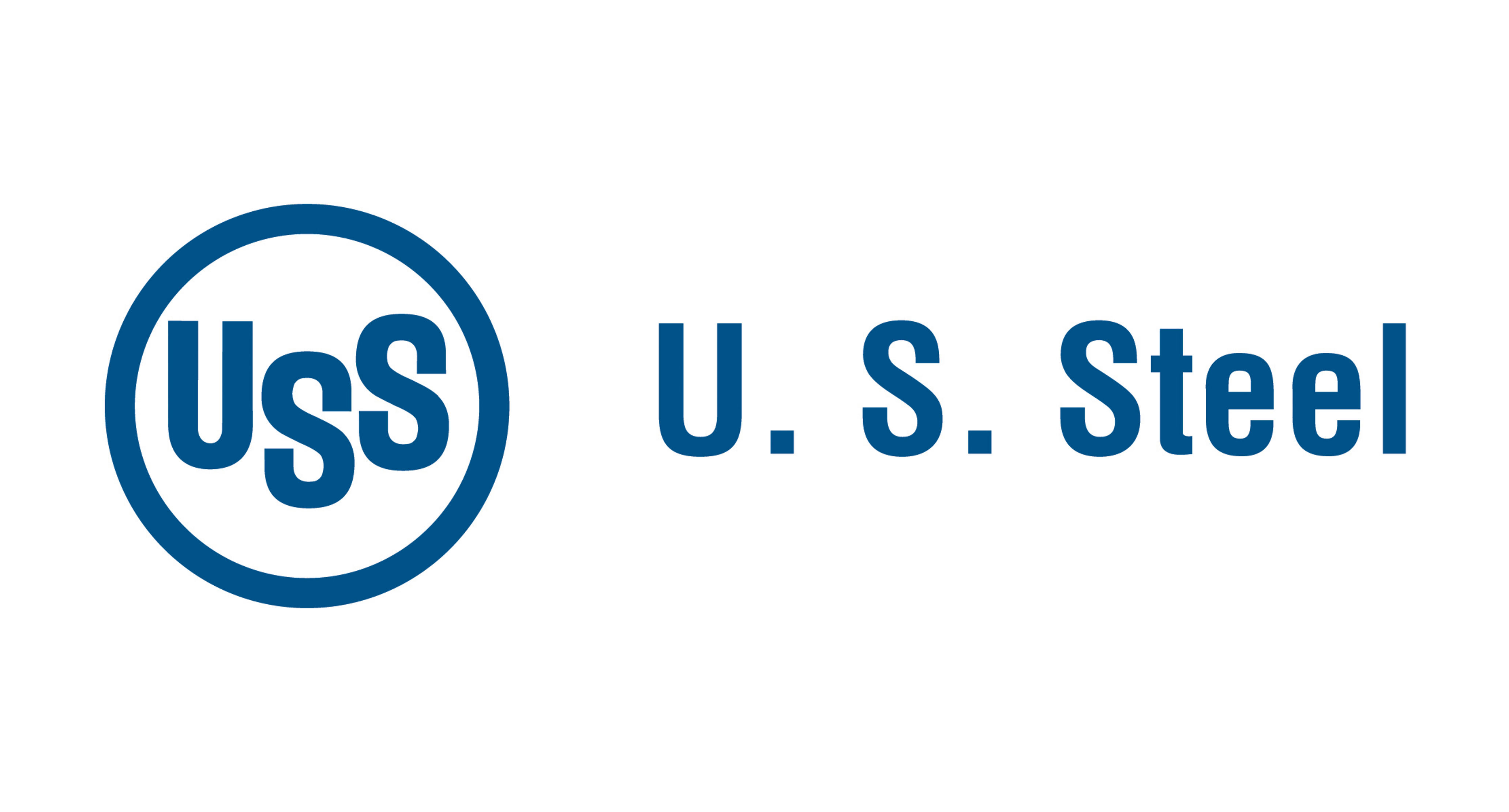Government/Policy

January 19, 2020
Parsing the Impact of Trump's Tariffs
Written by Tim Triplett
Looking back on 2019, it’s difficult to assess the success of Trump’s tariffs. A case for their effectiveness can be made either way.
Judging by one measure, imports, it certainly appears the tariffs did their job. The American Iron and Steel Institute estimates that total steel imports declined by approximately 17.9 percent in 2019 to 28.7 million tons. This despite the U.S. exempting Canada and Mexico from the 25 percent Section 232 tariff to clear the way for passage of the USMCA.
Finished steel imports, excluding semifinished (mostly slabs purchased by domestic mills), declined by 15 percent from 2018 to 21.1 million tons. For full-year 2019, the largest offshore suppliers were South Korea (2,606,000 tons, down 6 percent from 2018), Japan (1,256,000 tons, down 9 percent) and Germany (1,046,000 tons, down 22 percent). The share of the U.S. market captured by imports declined to 19 percent from 23 percent the prior year, AISI reports.
Yet, judging by another measure, steel prices, the tariffs appear to have fallen down on the job. Even with considerably less competition from foreign imports, domestic producers saw steel prices erode by more than 35 percent during the first three quarters of 2019. The benchmark price for hot rolled started the year around $730 per ton and hit a low of $470 in late October before the mills announced a series of price increases and managed to turn the slide around. Steel Market Update estimates the current HR price at $610 per ton.
One could argue that the slope of the decline would have been even steeper with no Section 232 tariffs inhibiting foreign imports. Filling the gap left by fewer imports allowed domestic mills to keep their production over 80 percent of capacity for the year.
Conversely, others argue that the AISI stats don’t take into account the potential negative effects on the economy of higher steel prices or retaliatory trade measures by foreign governments. Or that a market with sub-$500 hot rolled was unlikely to attract as much imported material anyway.
President Trump’s tariffs have been a fact of life for the steel industry for nearly two years now, with no sign that will change without a change of administration. Supporters continue to maintain they “level the playing field,” while critics continue to call them “protectionist.” One clear lesson from 2019 is that domestic steelmakers cannot simply count on being protected by the government in 2020. The laws of supply and demand overrule presidential fiat.







